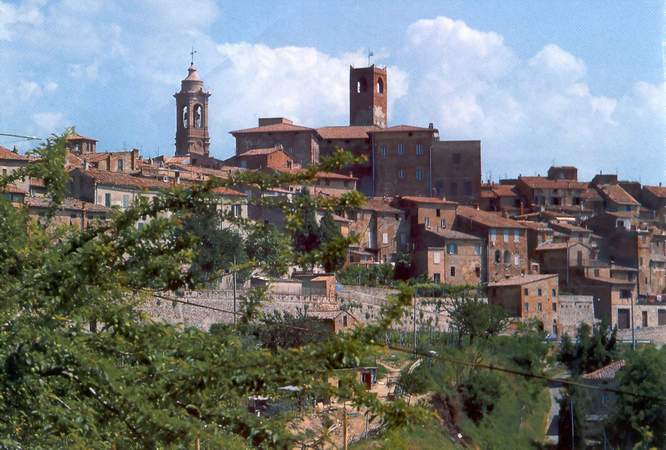THE PIETA
Michelangelo Buonarotti
Marble, 1499-1500.
Walk in to St Peter's Basilica in the Vatican and the first chapel on the right hand side is the setting for this magnificent work of art. Michelangelo's task was to produce a piece of sculpture for the tomb of the French Cardinal - Jean Bilheres de Lagraulas in Old St Peter's and it was completed by the artist in c1500, making it one of his earliest works to be executed in Rome. It was brought to the New St Peter's in 1519.
The sculpture depicts the lifeless body of the dead Christ lying across his mothers knees. She looks down on him with bended head and supports the weight of his body with her arms. The first time I saw this work I found it incredibly moving and beautiful. The two figures - one dead and one alive are captured in this hard, lifeless stone in the most amazing way and I think this is to do with the fact that every aspect of the piece feels credible and "real". The youthfulness of the Virgin, the overwhelming sense of sadness in her expression, the lifelessness of the dead weight of Christ's body in his mother's arms, the folding of drapery round her knees, the sense that both human forms seem so real. It's a sublime piece.
There is something about sculpture that is totally different from the other fine arts and I think this must be to do with its three-dimensionality. It's this that takes it a step further than the depiction of forms and images on flat surfaces and makes it appealing to the eye. I am always totally in awe of a sculptor's ability, when working with stone or marble, to take a square block of material and remove material using steel tools to reveal the conception in his/her mind's eye. How can something so complex, tragic and at the same time beautiful be produced in this way without a mistake being made which spoils the end result? In my humble opinion Michelangelo, is the supreme artist in this respect and its not surprising that many thought his work was directly inspired and executed by him through the hand of God himself. In 1550 Georgio Vasari in "Lives of the Artists" wrote of it and said "It is a mircale that a rock, which before was without form, can take on such perfection that even nature sometimes struggles to create in the flesh".
Across Mary's chest is a ribbon which bears the carved inscription "MICHAEL ANGELUS BONAROTUS, FLORENT, FACIEBA(T) - Michelangelo of Florence made this! It's the only time the artist ever signed one of his pieces of sculpture. He must have been incredibly proud of the end result.
 |
| TEH VIRGIN'S HEAD BEFORE & AFTER RESTORATION |
In 1972 a Hungarian man entered the basilica and vandalised the statue with twelve hammer blows causing huge damage. Some believed the statue should remain unrestored but the Vatican eventually decided to restore the statue in such a way that the results of the intervention would not be visible to the naked eye of viewers. It now has in front of it a sheet of bullet-proof glass. This does affect the viewing experience today but it still shouldn't be missed. Put it on your Roman bucket list if you haven't yet seen it. It will be in my mind''s eye on Good Friday.


